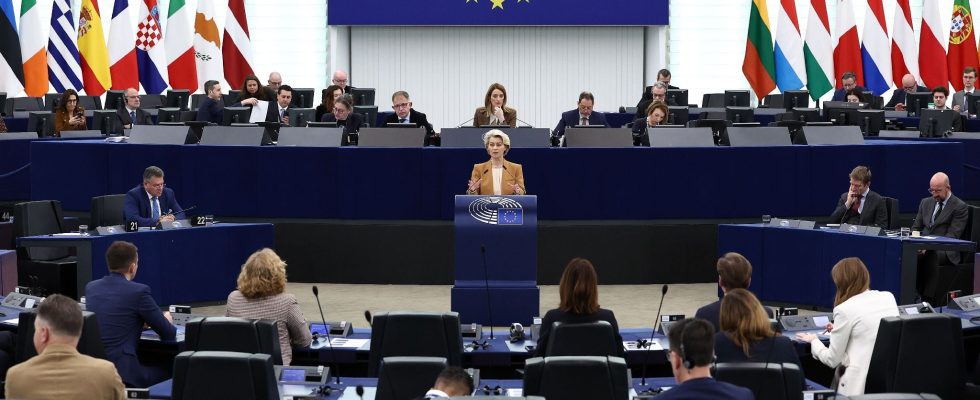The European Parliament and EU member states reached an agreement overnight from Friday to Saturday on a reform of EU budgetary rules intended to guarantee the recovery of public finances while preserving investments.
The text discussed for more than two years is criticized for its great complexity and derided by left-wing elected officials as a tool installing austerity in Europe.
Pressed for time, the negotiators finally reached an agreement after 16 hours of discussions. Given the procedural delays, it was absolutely necessary to conclude so that the text could be voted on in plenary session in Strasbourg in the spring before the parliamentary break which precedes the European elections in June. The agreement reached last night will allow member states to apply the new rules this year for their 2025 budgets.
They “will contribute to the balance and viability of public finances, to structural reforms, to the promotion of investments, to growth and the creation of jobs in the EU”, affirmed the Belgian presidency of the Council of the European Union. EU on X (formerly Twitter). The reform intends to modernize the Stability Pact, created at the end of the 1990s, which limits the public administration deficit for each country to 3% of GDP and the debt to 60%. Considered too drastic, this framework was never really respected and was considered obsolete.
States present their own adjustment trajectory
While confirming these emblematic ratios, the new text makes the adjustment requested from EU countries in the event of excessive deficits a little more flexible. Concretely, it provides that States present their own adjustment trajectory in order to ensure the sustainability of their debt, giving them more time if they undertake reforms and investments.
The management would focus on the evolution of expenditure, an indicator considered more relevant than deficits which can fluctuate depending on the level of growth.
But Germany and its “frugal” allies managed to tighten this budgetary framework by imposing a minimum quantified effort to reduce debt and deficits for all EU countries, despite the reluctance of France and the Italy.
These modifications have partly distorted the project and greatly complicated the text. The EU Finance Ministers had painfully delivered a common position, just before Christmas, on this reform which intends to combine budgetary seriousness and safeguarding the investments necessary for the green transition or defense.
Germany demanded more rigor
The indebted countries of southern Europe, like France, insisted on additional flexibilities, while the so-called “frugal” countries of northern Europe, behind Germany, demanded more rigor.
“A new economic governance framework was more than necessary. We ensured that the new budgetary rules were sound and credible,” declared MEP Esther de Lange (EPP, right), rapporteur of the text.
In the European Parliament, the project is also supported by the liberals of Renew and a large majority of the social democratic group (S&D). The Greens and certain S&D elected officials, however, reject it en bloc, as do the radical left. These elected officials denounce a return to austerity after three years of suspension of European budgetary rules in the face of the shock of the pandemic and the war in Ukraine.
“We need investments in industry, in defense, in the ecological transition, that’s the urgency today, it is not to bring economically absurd rules up to date,” said economist and S&D MEP Aurore Lalucq told AFP. She denounces a “political error which will be used by populists to attack Europe”.
